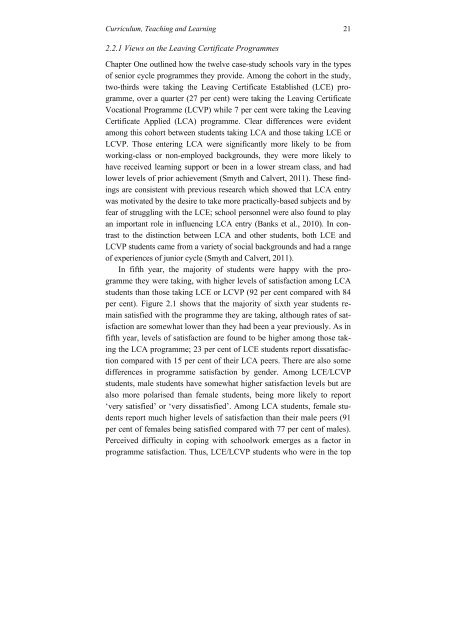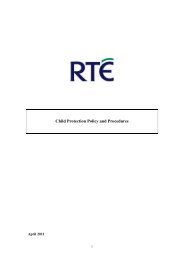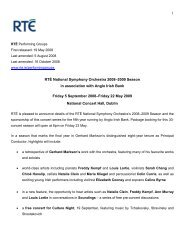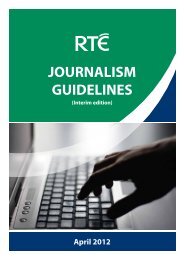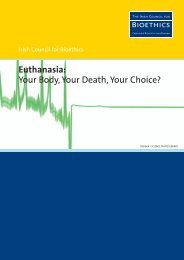From Leaving CertiFiCate to Leaving SChooL a Longitudinal Study ...
From Leaving CertiFiCate to Leaving SChooL a Longitudinal Study ...
From Leaving CertiFiCate to Leaving SChooL a Longitudinal Study ...
Create successful ePaper yourself
Turn your PDF publications into a flip-book with our unique Google optimized e-Paper software.
Curriculum, Teaching and Learning 21<br />
2.2.1 Views on the <strong>Leaving</strong> Certificate Programmes<br />
Chapter One outlined how the twelve case-study schools vary in the types<br />
of senior cycle programmes they provide. Among the cohort in the study,<br />
two-thirds were taking the <strong>Leaving</strong> Certificate Established (LCE) programme,<br />
over a quarter (27 per cent) were taking the <strong>Leaving</strong> Certificate<br />
Vocational Programme (LCVP) while 7 per cent were taking the <strong>Leaving</strong><br />
Certificate Applied (LCA) programme. Clear differences were evident<br />
among this cohort between students taking LCA and those taking LCE or<br />
LCVP. Those entering LCA were significantly more likely <strong>to</strong> be from<br />
working-class or non-employed backgrounds, they were more likely <strong>to</strong><br />
have received learning support or been in a lower stream class, and had<br />
lower levels of prior achievement (Smyth and Calvert, 2011). These findings<br />
are consistent with previous research which showed that LCA entry<br />
was motivated by the desire <strong>to</strong> take more practically-based subjects and by<br />
fear of struggling with the LCE; school personnel were also found <strong>to</strong> play<br />
an important role in influencing LCA entry (Banks et al., 2010). In contrast<br />
<strong>to</strong> the distinction between LCA and other students, both LCE and<br />
LCVP students came from a variety of social backgrounds and had a range<br />
of experiences of junior cycle (Smyth and Calvert, 2011).<br />
In fifth year, the majority of students were happy with the programme<br />
they were taking, with higher levels of satisfaction among LCA<br />
students than those taking LCE or LCVP (92 per cent compared with 84<br />
per cent). Figure 2.1 shows that the majority of sixth year students remain<br />
satisfied with the programme they are taking, although rates of satisfaction<br />
are somewhat lower than they had been a year previously. As in<br />
fifth year, levels of satisfaction are found <strong>to</strong> be higher among those taking<br />
the LCA programme; 23 per cent of LCE students report dissatisfaction<br />
compared with 15 per cent of their LCA peers. There are also some<br />
differences in programme satisfaction by gender. Among LCE/LCVP<br />
students, male students have somewhat higher satisfaction levels but are<br />
also more polarised than female students, being more likely <strong>to</strong> report<br />
‘very satisfied’ or ‘very dissatisfied’. Among LCA students, female students<br />
report much higher levels of satisfaction than their male peers (91<br />
per cent of females being satisfied compared with 77 per cent of males).<br />
Perceived difficulty in coping with schoolwork emerges as a fac<strong>to</strong>r in<br />
programme satisfaction. Thus, LCE/LCVP students who were in the <strong>to</strong>p


